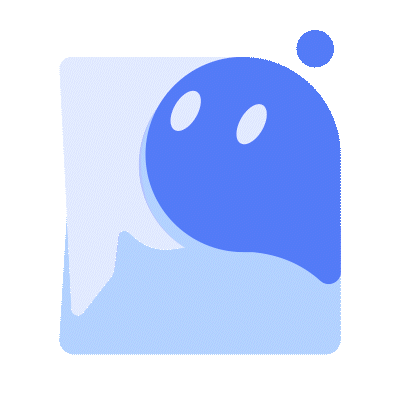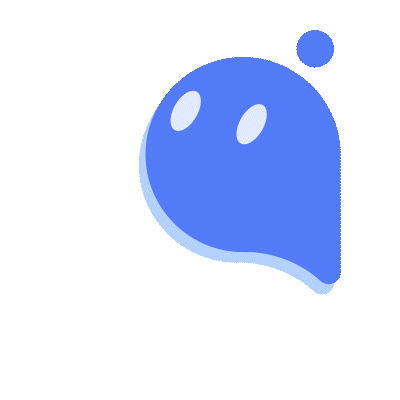
Agora AI
An AI-powered classroom orchestration (higher-ed) tool for intentional, meaningful dialogue. An add-on to the existing LMS, Agora utilizes pre-class artifacts to make classroom learning more effective and relevant for students.
Agora made it to the finals of the Wharton Hack-AI-thon 2025
for the 'AI for Education' Challenge 🥳
Pitch - Video Presentation
Final Presentation




Presenting at the Wharton Hack-AI-thon 2025




Problem Statement
As graduate students, we pay over 7000 dollars/course, or 500 dollars/class, which is four times a MasterClass subscription or a top conference pass.
Classrooms rely on dialogue, but when discussions fall flat, it can feel like paying $500 for awkward silence.
About three fourth of students and professors say disengaged peers weaken discussions, and struggle to form meaningful groups—especially without data on student knowledge.
The Opportunity
Agora flips the script by turning pre-class work into a strategic advantage, giving instructors the insights to spark dynamic, inclusive, and high-impact discussions.
Solution Walkthrough
Here’s how Agora works in action! First, instructor prompts Agora to fetch (1) class materials like readings, videos, and (2) students' pre-class contributions from their LMS, including discussion posts and social annotations. Once collected, Agora synthesizes key topics students raised in their asynchronous contributions.
Behind the scenes, Agora captures relevant snippets and drives group interactions based on students' interests and knowledge gaps shown in their pre-class work. The output, in tabular format, feeds into the next functionality of Agora and is accessible to the instructor. As we scale the use of Agora over multiple classes, these syntheses (syn-the-seez) become memoized to build student personas.
Next, the instructor inputs criteria to guide group discussions and generate tailored “rise-above” questions for students. In 3 segments, we guide the instructor from honing in the scope of their conversation, determining how students interact within groups, to the desired learning outcomes.
These criteria are adopted from expert-led learning sciences frameworks such as Interaction Modes and Knowledge Construction behaviors. In prompt engineering, elements of the framework are framed into specific guidelines; (example: for this goal, how to make group and what questions should promote) - GPT agent returns outputs that align with the best teaching practices.
The instructor can view these guidelines via tooltips - the process of group orchestration is not only efficient but also glass-boxed to the instructor.
Let's revisit the back end: In one unified call, optimizing token usage, Agora returns groupings based on synthesized data and discussion criteria with rise-above questions personalized to each student (improv. example).
Here is how the instructor sees the organized groups. For each group, the instructor can view questions assigned to each student and even download or email the assignments to students directly.
Potential Impact

Agora integrates seamlessly into existing classroom structures, facilitating instructors to design engaging discussions stress-free. Agora ensures that every student is empowered to participate and contribute meaningfully. Beyond the thousands of higher education institutions in America, we envision Agora transforming k-12 learning spaces.
In future versions, Agora will implement memoization to reuse high-quality AI prompts across similar classroom contexts and innotation patterns -- reducing token costs while preserving a personalized experience at scale. With Agora, we’re on a mission to make collaborative knowledge-building more impactful, increasing the perceived and experienced value of education, one peer discussion at a time.
Teacher Interface




A silly take




Thank You!


